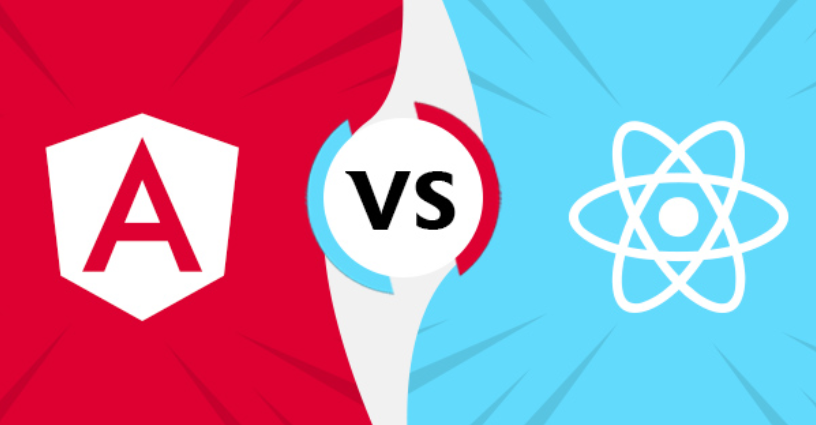Software technology these days is all about abstractions. This is a topic that we will explore in more depth in Chapter 2, Choosing the Right Cloud Service. All AWS services abstract the complexity from the end users around operational aspects. As a result, end users are empowered to focus on the differentiating features and business outcomes. Earlier, we discussed the need to take the cognitive load off the developers. AWS makes this a reality, and you can develop proofs of concept, demos, and production-grade applications in hours or days, which previously took months.
Leveraging the infrastructure elasticity of the cloud
AWS cloud benefits are not limited to procuring more resources when needed but are also about contracting when possible. Of course, this needs to align with the type of workload you plan to run in the cloud. Sometimes, there are known events that would require more resources to handle the increased load, such as festive sales and marketing initiatives. In other cases, when the usage spikes cannot be determined in advance, you can leverage AWS’ auto-scaling capabilities, as we did for GitLab runners.
So far, we have discussed two solution implementations and how adopting cloud services gives a big boost to reliability and scalability, leading to better customer outcomes. Next, let’s learn about some DevOps methodologies that help accelerate the software delivery process. We will later map these key areas to certain AWS services.
DevOps methodologies to accelerate software delivery
As we discussed at the beginning of the chapter, successful organizations use software automation to catapult their digital transformation journey.
As highlighted in the 2022 State of DevOps Report by DORA (https://cloud.google.com/ devops/state-of-devops), DevOps methodologies positively influence your team culture and foster engineering best practices to help you be able to ship software with increased velocity and better reliability. In software engineering, the following principles have been well established and are known to optimize the way teams work and collaborate.
Continuous integration
Continuous Integration (CI) is a software engineering best practice that advocates the frequent merging of code from all software developers in a team to one central repository. This increases the confidence in and visibility of new features being released to the customers. At the same time, automated tests make releasing code multiple times a day seamless and easy. Developers also get quick feedback regarding any bugs that might have been introduced into the system as a result of implementing features in isolation.
Continuous delivery
Continuous Delivery (CD) is the practice of producing code in short cycles that can be released to production at any time. Automatically deploying to a production-like environment is key here. Fast-moving software teams leverage CD to confidently roll out features or patches, on demand, with lightweight release processes.

